The resurrection of MagSafe is something that few people could have predicted for the iPhone conference this year.
It used to be the label and symbol of Apple's MacBook-that small magnetic charging port, probably the same as the iPhone's Home button back then, is the best proof of simplicity and ease of use.
But it has been out of mainstream vision for some time. Since Apple introduced the 12-inch MacBook in 2015, after using the USB-C interface, MagSafe has been inevitably eliminated due to its single function.
Today, this seemingly consistent word describes a completely different object. It comes for the iPhone 12, which not only improves the wireless charging experience, but also carries Apple's new attempt to "wireless".
How did the iPhone 12 double the wireless charging speed?
According to the official website data, using MagSafe magnetic accessories, the wireless charging power can reach up to 15W, which is a double increase compared to the previous 7.5W Qi wireless charging standard.
This is a rare upgrade for the iPhone, which has been stuck in the "five fortunes and one peace" for a long time.
In fact, the 7.5W wireless charging originally supported by the iPhone cannot ensure stability in transmission. Under the influence of ambient temperature and heat, during the actual charging process, the iPhone may only be in the 7.5W power stage for a few minutes.
In another case, the user did not align the location of the mobile phone, which would further affect the conversion rate. Then the final charge into the mobile phone is likely to be only 4-5W. The so-called "wireless slow charging" takes a long time and is largely caused by the large fluctuations in the charging power.
So, how does MagSafe double the charging rate on the basis of being compatible with the Qi protocol? Let's take a look at the components inside the iPhone 12 body.
As can be seen from the official exploded view, this set of MagSafe components is composed of many different components, including magnetometers, shielding layers, magnetic rings and NFC coils.
On the one hand, MagSafe uses nanocrystalline panels to enhance the magnetic flux between the transmitting and receiving coils, as well as the intensity of electromagnetic induction, and improve transmission efficiency.
On the other hand, the integrated magnetic ring around the coil and the magnetic calibration meter can match the iPhone 12 and MagSafe accessories more accurately, avoiding the improper placement of the device and the reduction of charging efficiency.
In addition to the charging-related components, MagSafe also built two new sensors, namely a single-turn coil NFC, and a magnetometer to sense the strength of the magnetic field.
These two components are mainly to help iPhone 12 identify the types of accessories faster. Manufacturers with ideas can also use NFC data transmission to allow mobile phones and accessories to achieve more levels of linkage.
Apple demonstrated two scenarios at the press conference: when you put the iPhone 12 into the full-wrapped protective case, the phone can immediately recognize it, reduce the screen brightness in a specific area, and display the time in the hollow of the protective case.
In another scenario, the user puts on the red protective case, and the iPhone will automatically switch to the wallpaper with the same color as the protective case. This is likely to use the NFC recognition mechanism.
This function of "automatically matching the wallpaper when changing the shell" was also tried on the Nut mobile phone, but it relied on metal contacts to complete the identification.
In 2016, Google also launched a "Live Case" protective case for Pixel phones, which relied on the built-in NFC chip to automatically match the phone wallpaper with the pattern of the phone case.
Ease of use brought by magnetic attraction
On the MagSafe accessories page of Apple's official website, you can see such a slogan:
Click and fit.
It can be said that the pleasure of "blind exercise" is the most attractive part of MagSafe design.
Picture from: Leica Dad
I still remember the experience of using the MagSafe connector on the MacBook that year: when the charging head is close to the power port on the side of the fuselage, it will automatically "stick" on it; and when you unplug the cable and leave, it will be effortless Ground, let the connector "fall off" by itself.
Even to say, you don’t have to align your head with your head deliberately. Instead, the connector itself will "pulls" your hand and stick to the power port.
Today, MagSafe, which is resurrected on the iPhone, actually wants to provide such a usage process.
Most wireless charging scenarios are idealistic, even if we always say that by placing the phone on the charging board at will, you can let it go and automatically turn on the charging function.
But the reality is that when you are slightly misplaced and the phone is not placed in the right position, then it will not have any response on the charging pad. At this time, we can only readjust the angle of the phone and perform another round. Align” operation.
The vertical wireless charger fixes the coil position of the transmitter, but it may not be compatible with certain mobile phone models
This is why, compared to the horizontal charging board, many mobile phone manufacturers are now more willing to introduce a vertical wireless base, so as to maintain the coil of the transmitter at a fixed height, saving users the trouble of "finding the location".
The MagSafe design idea is to "let the coils automatically find the position" to achieve the calibration between the coils. This not only improves the charging conversion rate, but the entire user experience becomes more elegant.
Like the magnetic charging head of the MacBook at the time, when the iPhone 12 is close to the MagSafe charger, the coils inside the two will attract each other to achieve alignment. There is no need for manual intervention throughout the process, which is very similar to the charging of the Apple Watch .
Picture from: Peyton
The difference is that this MagSafe magnetic charging object is the mobile phone. Relying on its small size and automatic adsorption function, even if you want to play with your mobile phone while charging, it is completely fine. This is actually something that is difficult to achieve with traditional wireless charging versions and wireless charging docks.
An official demonstration of MagSafe uses both hands to complete the separation of the charger. I don’t know if it can be solved with one hand.
Of course, the pre-charging process is simplified, but the question is, is the charging finished?
I am actually curious, when the iPhone 12 is used with the MagSafe charger, can the charger on the back automatically fall off due to inertia and separate from the phone while holding the phone with one hand?
This is related to the strength of the magnetic force and the weight of the charger, and it needs to be verified by subsequent tests.
In addition to charging, what imagination does MagSafe have
After the iPhone 12 conference, the foreign technology media The Verge sighed: "Forget 5G, MagSafe is the reason you buy iPhone 12."
Although the statement is a bit exaggerated, I fully agree with the points mentioned in the article:
Every mobile phone can make the camera and performance better and better, and 5G will naturally become the standard configuration of every mobile phone. However, no mobile phone manufacturer can provide an accessory ecosystem like the iPhone 12.
MagSafe is here to simplify charging, but the function that magnetic absorption can achieve is much more than that. Especially on the iPhone, the mature peripheral accessories ecology also leaves a room for MagSafe to show its talents.
The automatic wallpaper change of the protective case mentioned above is just one point. With the help of MagSafe, users can also rely on the magnetic force to assist the disassembly and assembly of the protective case.
There is also the official MagSafe leather card case, which also relies on magnetic attraction and is directly "sticked" to the protective case.
Belkin's three-in-one charging base and car charger support MagSafe
After the iPhone 12 conference, accessory manufacturers also showed off their MagSafe accessories.
The first is Belkin, which has a close relationship with Apple. Its newly launched three-in-one charging stand and car charging head all use MagSafe to charge the iPhone.
As you can see from the picture, the iPhone 12 is completely suspended on the base due to its magnetic characteristics.
Apple itself also showed a two-in-one charging stand "MagSafe Duo", which can charge iPhone 12 and Apple Watch at the same time, and can also be folded in half for easy carrying.
With the use of magnetic adsorption, some accessories may no longer need to use buckles or stickers, and they can also fit closely with the iPhone
Another example is PopSockets, which uses magnetic features, such as back buckles, brackets and other accessories, which can also be directly attached to the iPhone 12, instead of relying on adhesive pads or stickers.
At present, any brand can theoretically design a magnetic protective cover that can automatically fit the back cover or a wireless charging base for the iPhone 12 as long as it is willing.
But for Apple, will it impose a "development barrier" on third-party accessory manufacturers like the implementation of its MFi strategy back then? If MagSafe is also involved in MFi certification, then we are likely to encounter such a situation-a charger only supports magnetic suction, but it cannot provide 15W charging power for iPhone 12 like the official one.
Apple’s official iPhone 12 protective case has a built-in magnetic ring, otherwise the phone is charged with a case and there is a layer in between, which may affect the charging power of MagSafe and the adsorption force of the charger.
As far as we have learned, Apple has not yet opened up MagSafe accessory manufacturing to third parties, which means that users can only choose MagSafe accessories from Apple's existing products.
However, in the future, if an accessory manufacturer wants to obtain the full support of MagSafe and achieve the best adsorption and charging experience, it is expected that it will be difficult to avoid Apple's certification system. As for the upcoming iPhone 12, its sales performance will also play a vital role in the establishment of MagSafe's future ecology.
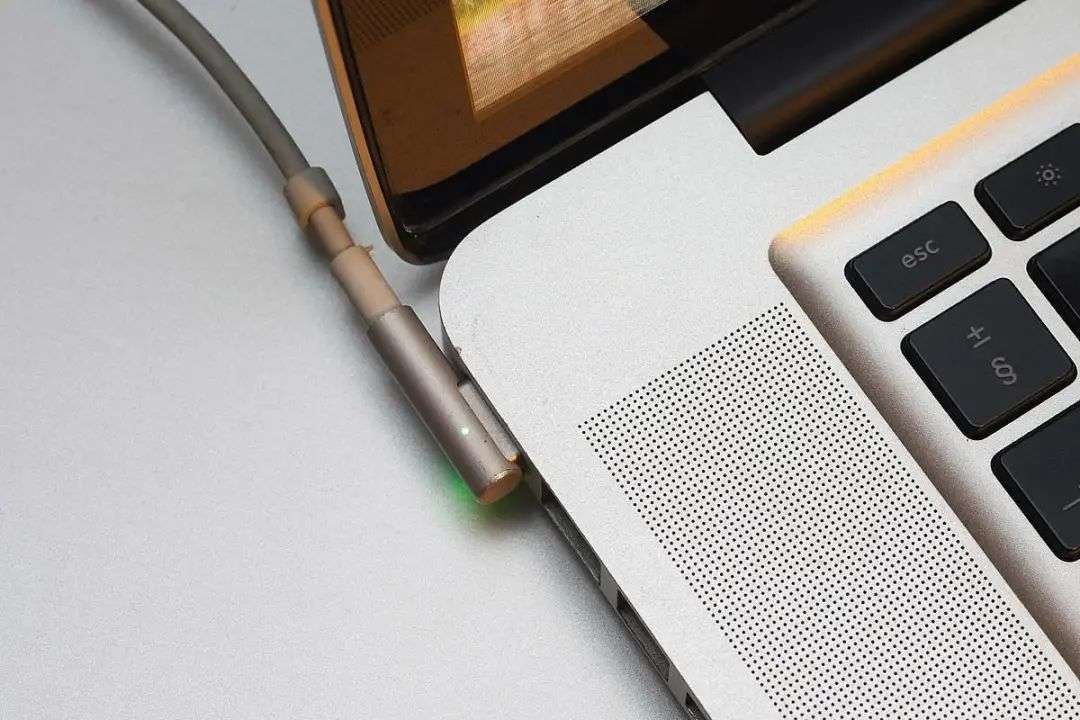


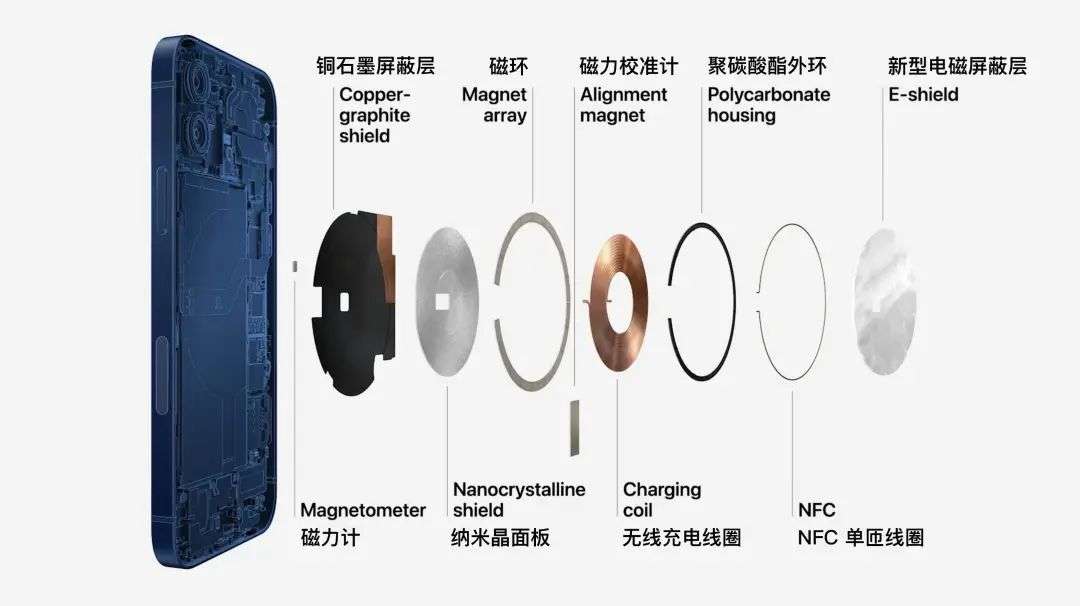
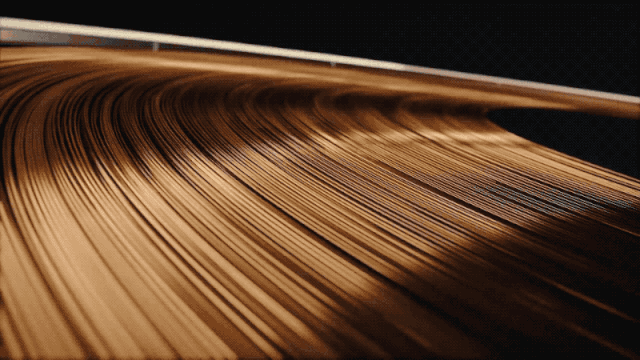
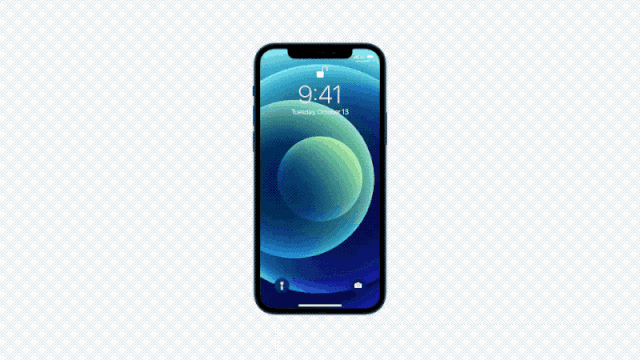
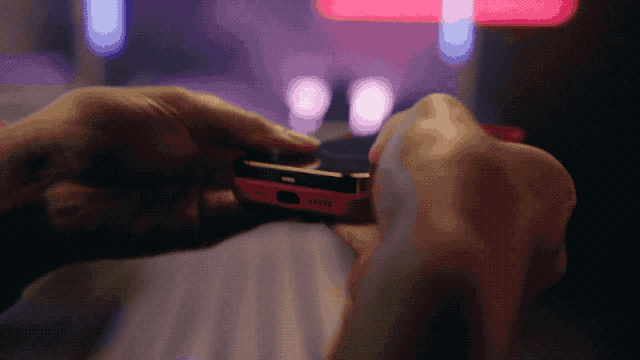
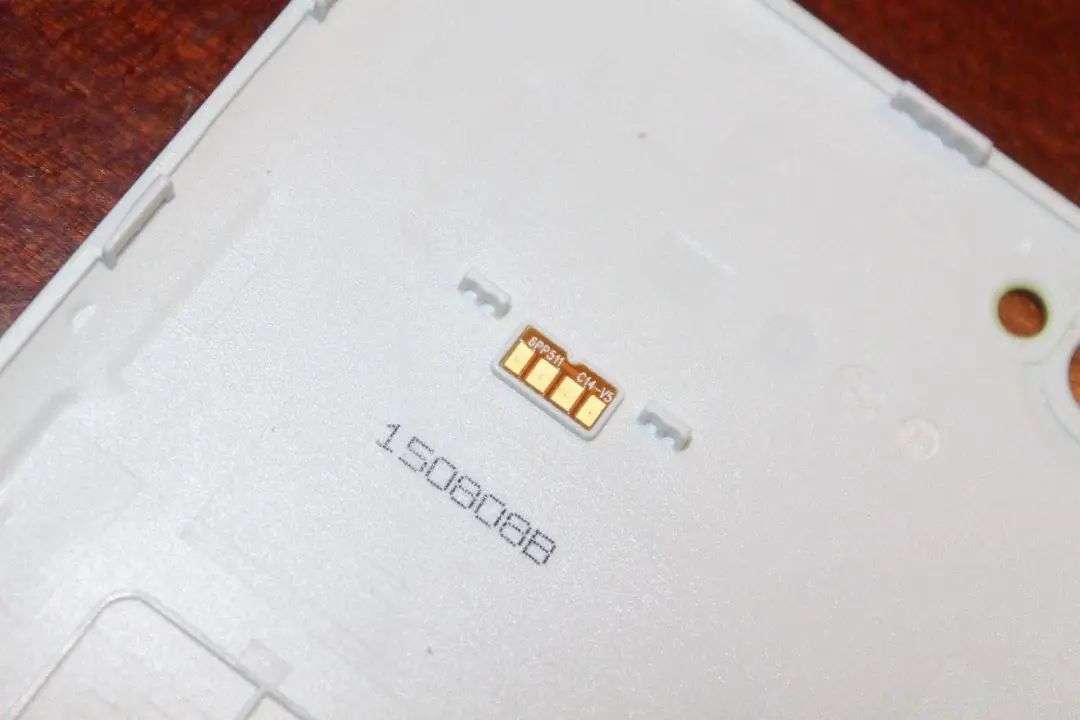


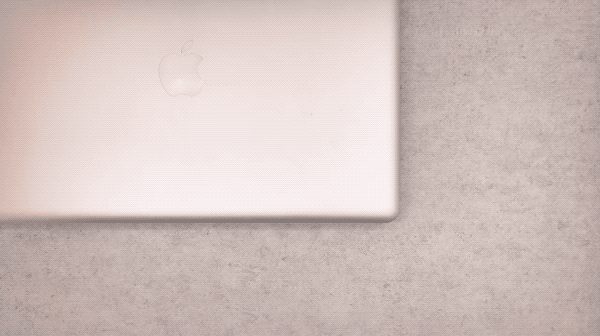

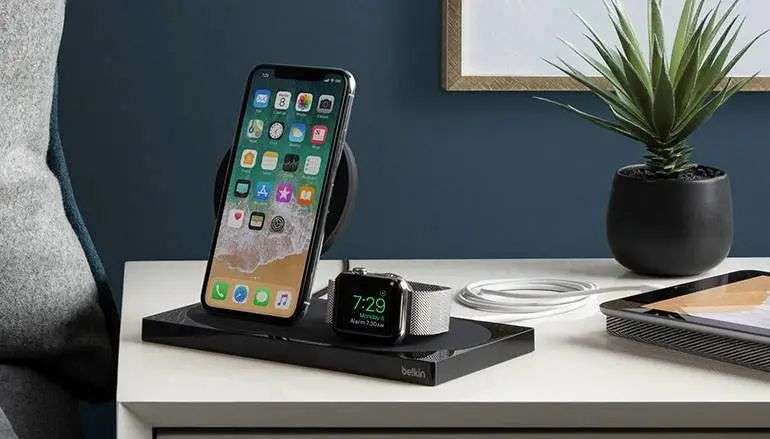
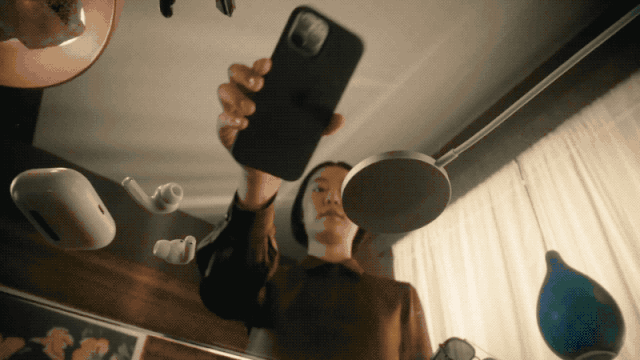
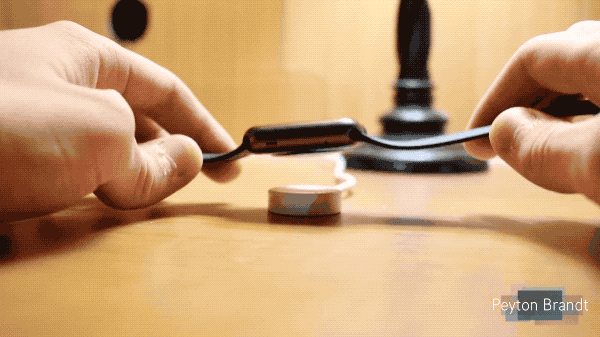
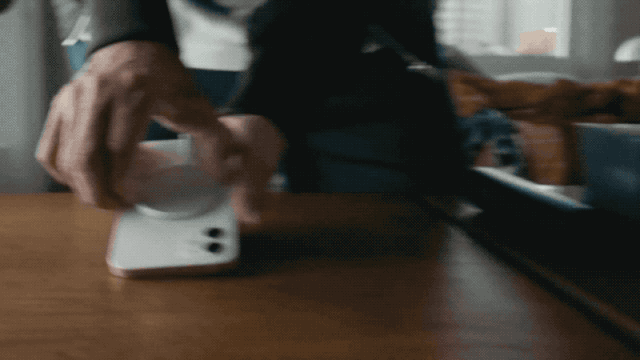
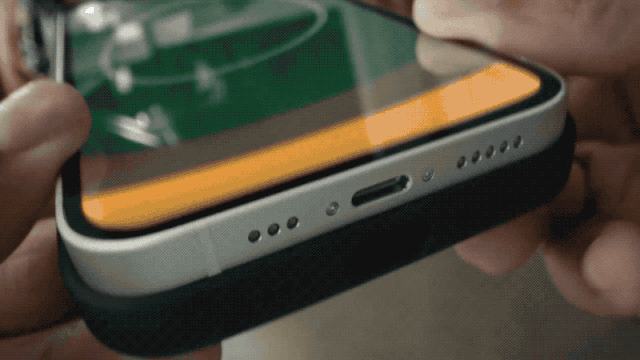
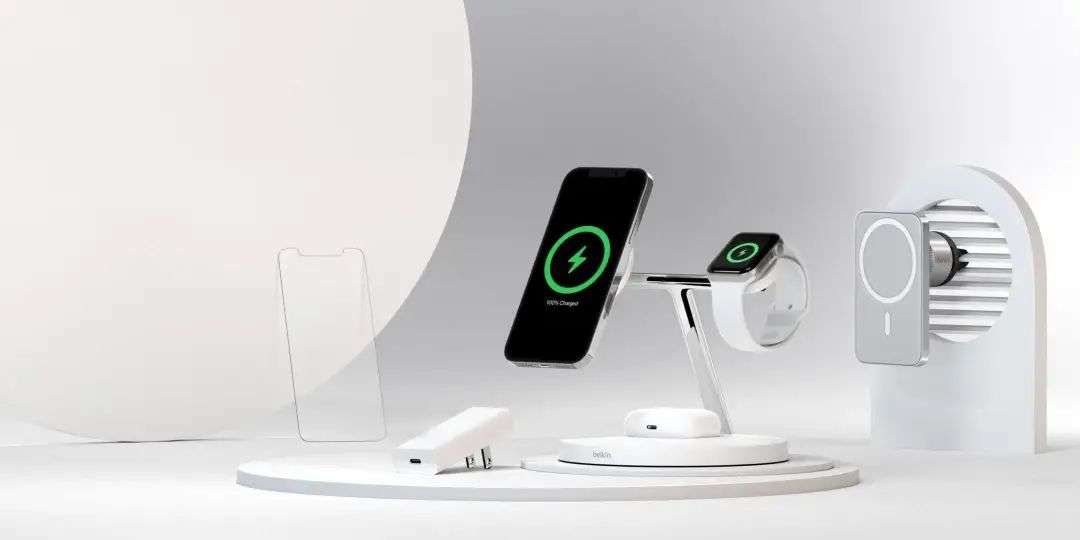
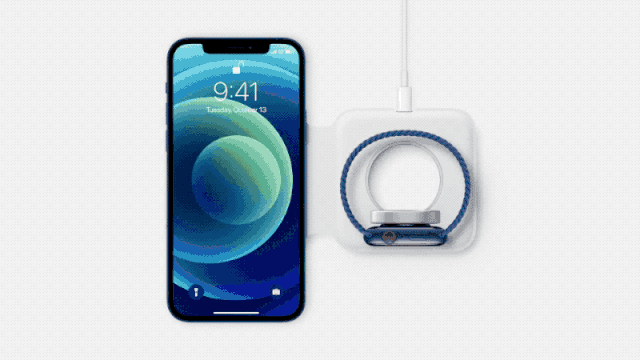

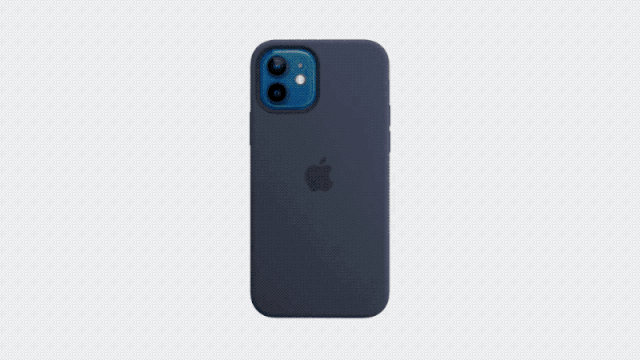
No comments:
Post a Comment